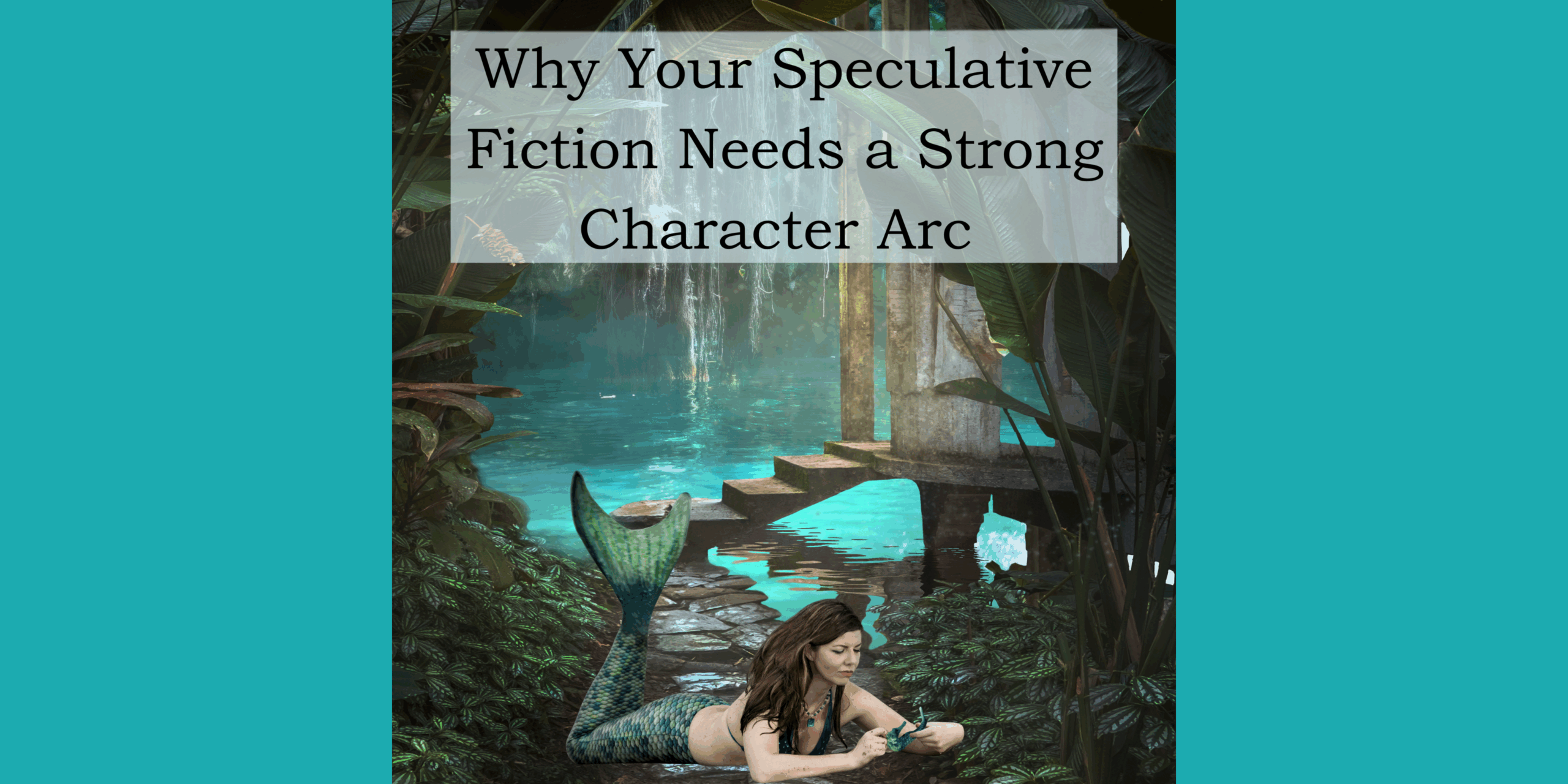Why Your Speculative Fiction Needs a Strong Character Arc (Not Just a Cool World)
Worldbuilding is one of the most beloved aspects of writing speculative fiction. As writers, we spend hours creating maps, magic systems, and futuristic tech. But here’s something I see often in the manuscripts I edit and coach: rich worlds without rich character journeys.
And when that happens, even the most inventive setting can fall emotionally flat.
Because at its core, story is about change. And change happens inside the character.
As a freelance editor and book coach, I’ve helped dozens of speculative fiction writers develop stronger, more resonant stories by focusing not just on plot—but on the internal arc their characters take. And that journey? That’s what sticks with readers long after the dragons or dystopias fade.
Worldbuilding draws readers in.
Character arc is what makes them stay.
Character Arc
A character arc is the emotional and psychological transformation a character experiences over the course of the story.
It’s not about where they travel in the world—it’s about where they travel within themselves.
It’s the difference between:
- A rebel overthrowing the empire (plot), and
- A rebel realizing she’s become just as ruthless as the regime she’s fighting (arc).
It’s why readers cry at endings, feel connected to characters, and carry your story with them.
Common Character Arc Gaps
If you’re writing speculative fiction, here are some common pitfalls to be aware of:
- Goal confusion – The character lacks clear wants or needs (especially emotional ones).
- Flat arcs – The character experiences external change but doesn’t grow or regress internally.
- Disconnected endings – The ending doesn’t reflect the internal journey (win the battle but feel no different?).
- Conflict that doesn’t challenge the character – Especially when magic, tech, or fate makes things too easy.
Your world may be brilliant, your prose sharp, your concept fresh. But if your protagonist doesn’t change—or if their arc lacks emotional weight—readers won’t connect as deeply as they could.
How to Build a Better Arc
You don’t need to be a psychologist or plot every beat with rigid templates. But you do need to know:
- What your character wants (externally and emotionally)
- What’s standing in their way (conflict)
- What tools or traits they begin with (and what they’ll need to develop)
- Where they’ll land at the end—and how that end state ties to your story’s point
That’s why I created a free tool to help you break it all down.
Character Arc Workbook
I use the exercises in this tool with my clients to help them:
- Clarify goals and stakes
- Deepen emotional engagement
- Align the arc with their story’s theme
- Create endings that actually mean something
It’s flexible enough to work with epic fantasy, gritty sci-fi, supernatural thrillers—basically anywhere character matters (which is everywhere).
Grab the free guide here:
Character Arc Workbook
Final Thoughts
A good character arc isn’t just a writing “extra”—it’s the emotional backbone of your story.
So, build your worlds. Craft your plots. Invent your creatures, codes, and kingdoms.
But don’t forget to ask: How does this journey change the person at its center?
That’s where the magic really happens.
* * *
To get content like this sent direct to your inbox, sign up for my monthly newsletter.
Or follow me on Substack.
For more information on Book Coaching, check put my FAQ page.
If you’re interested in what I write, check out my Author site.
And if you write or want to write children’s books, give the Coaching KidLit podcast a listen.

